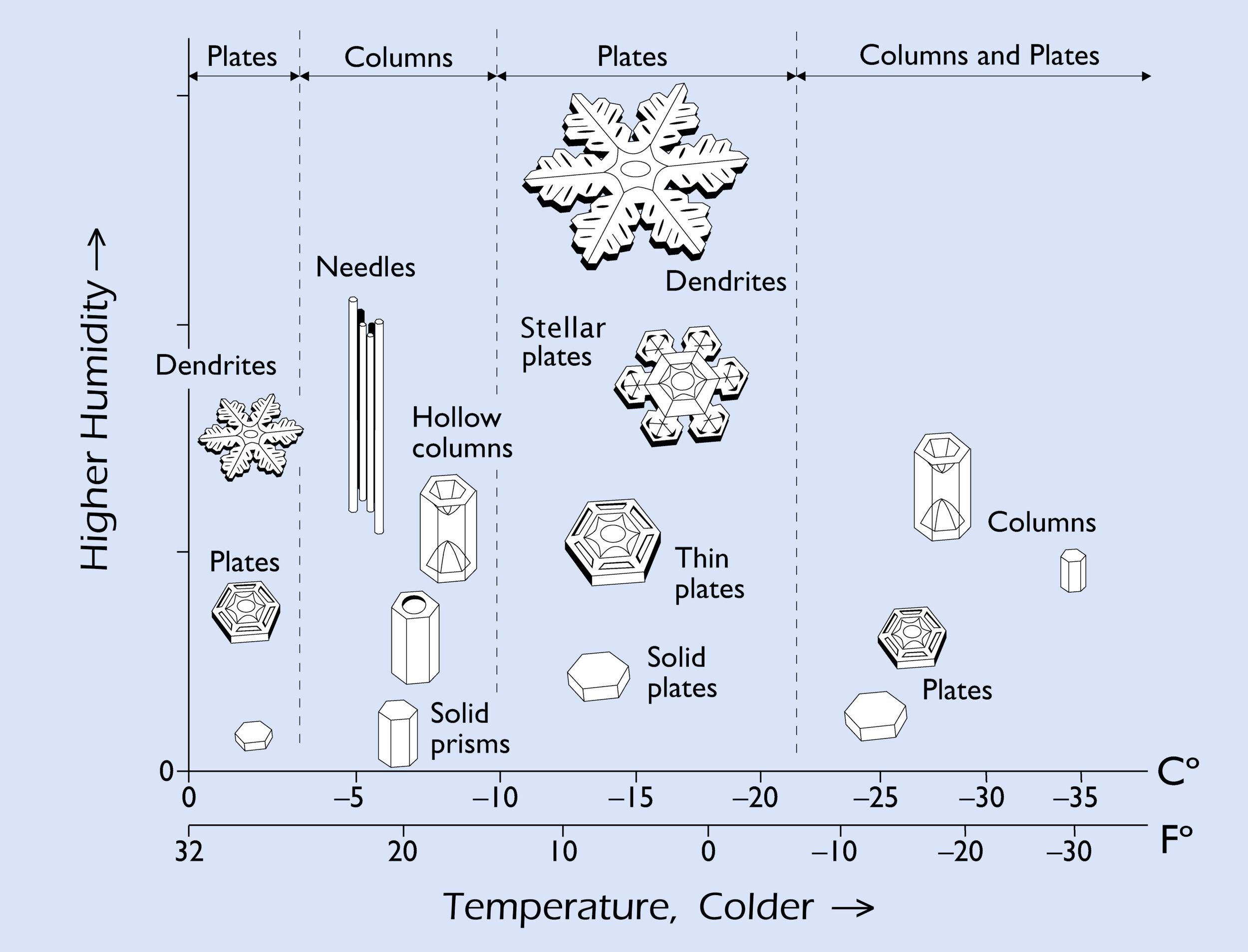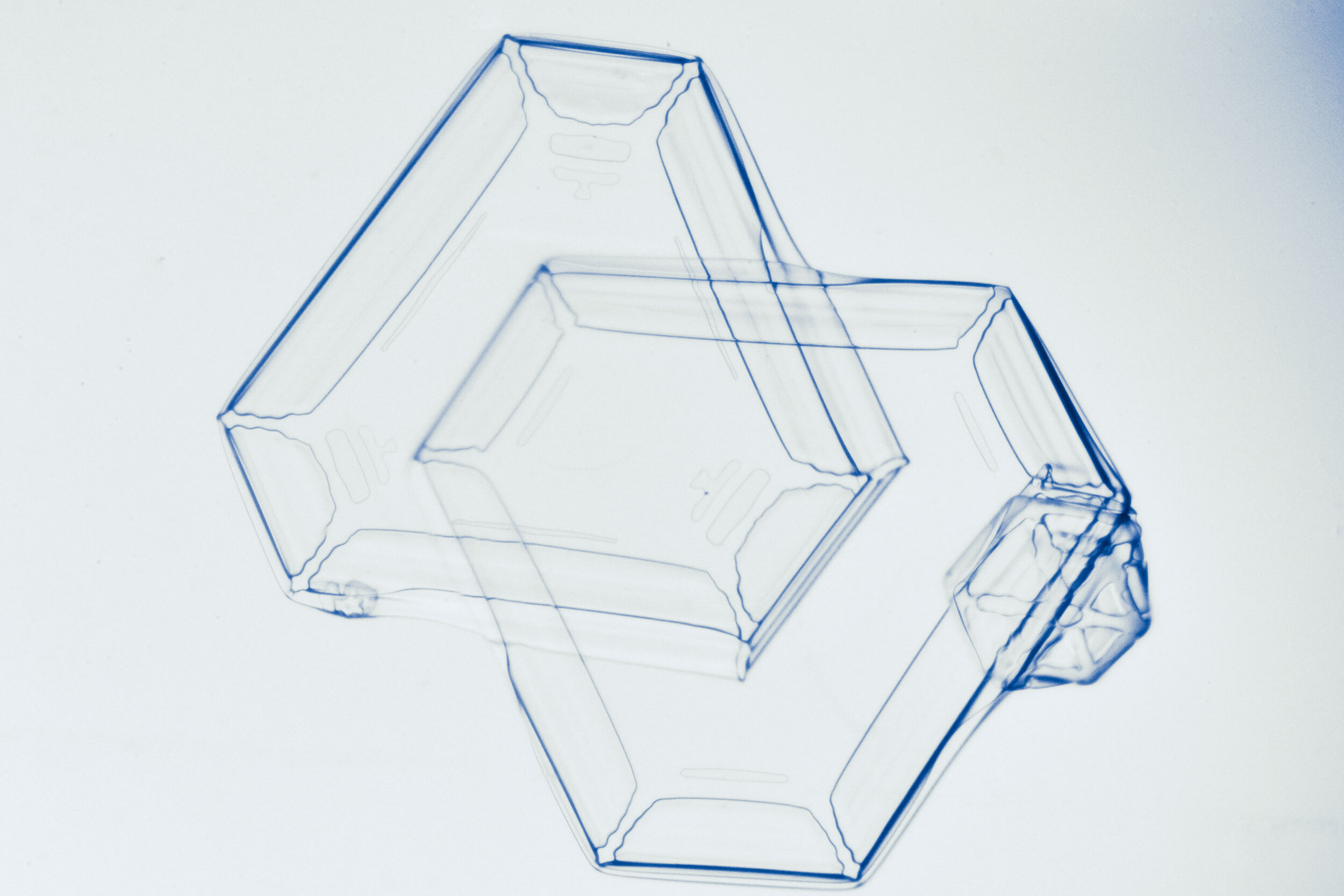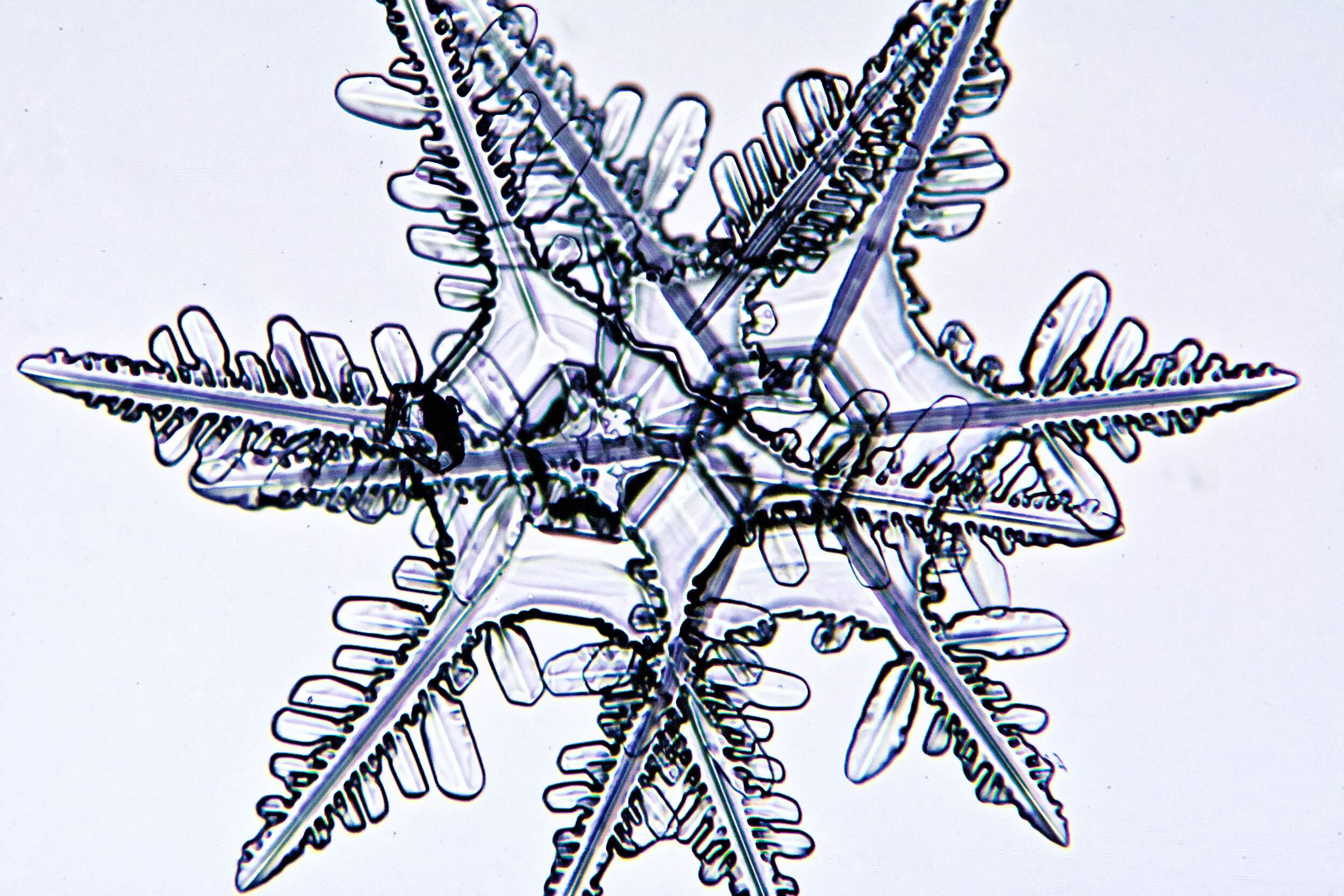
“Under the microscope, I found that snowflakes were miracles of beauty. Every crystal was a masterpiece of design and no one design was ever repeated. When a snowflake melted, that design was forever lost. Just that much beauty was gone without leaving any record behind.”
—Wilson A. “Snowflake” Bentley, 1925

- Table of Contents -
I. Look Closer
From substance to structure
How snow crystals form
No two Are alike
II. Closer Looks
Microscopic Photography of Individual Snow Crystals
Irregular forms:
Gravel
Columnar forms:
Needles
Hexagonal Plates & Columns
Stellar forms:
Stellar Plates
Stellar Dendrites
12-Sided Crystals
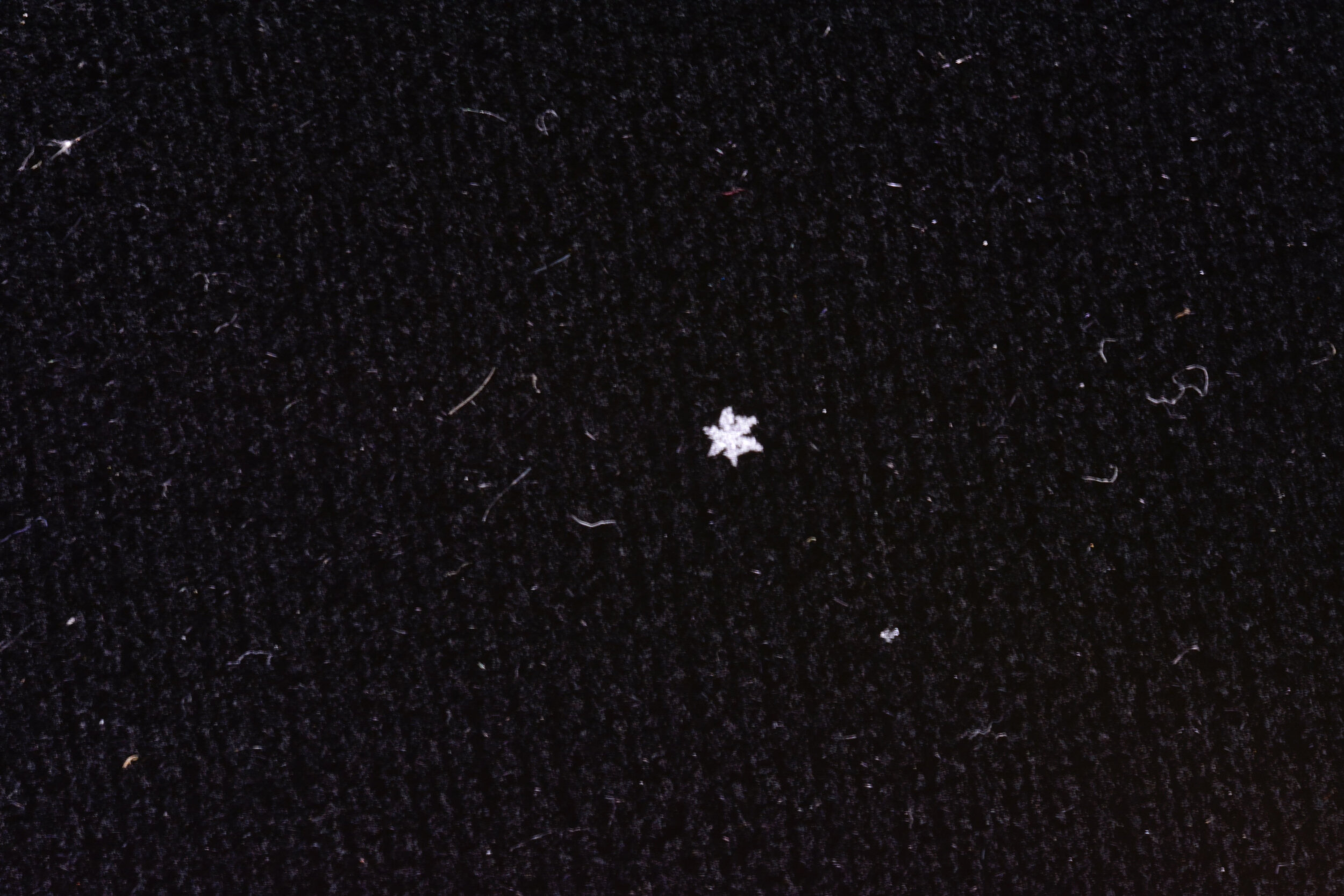
I. Look Closer

From Substance to Structure
Take a closer look at snow.
Hover to zoom, advance to zoom further.
Click the main image to open lightbox view.
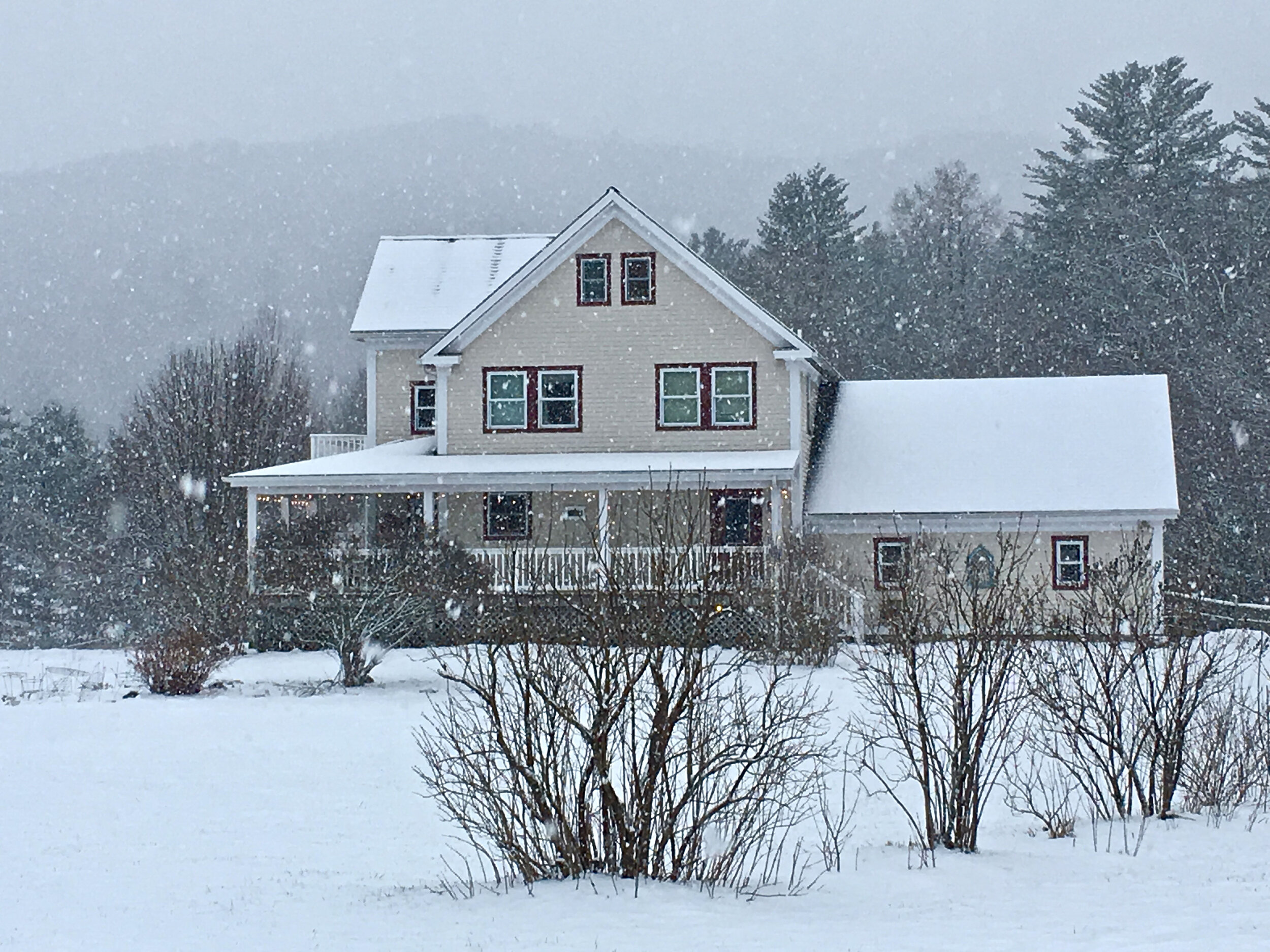

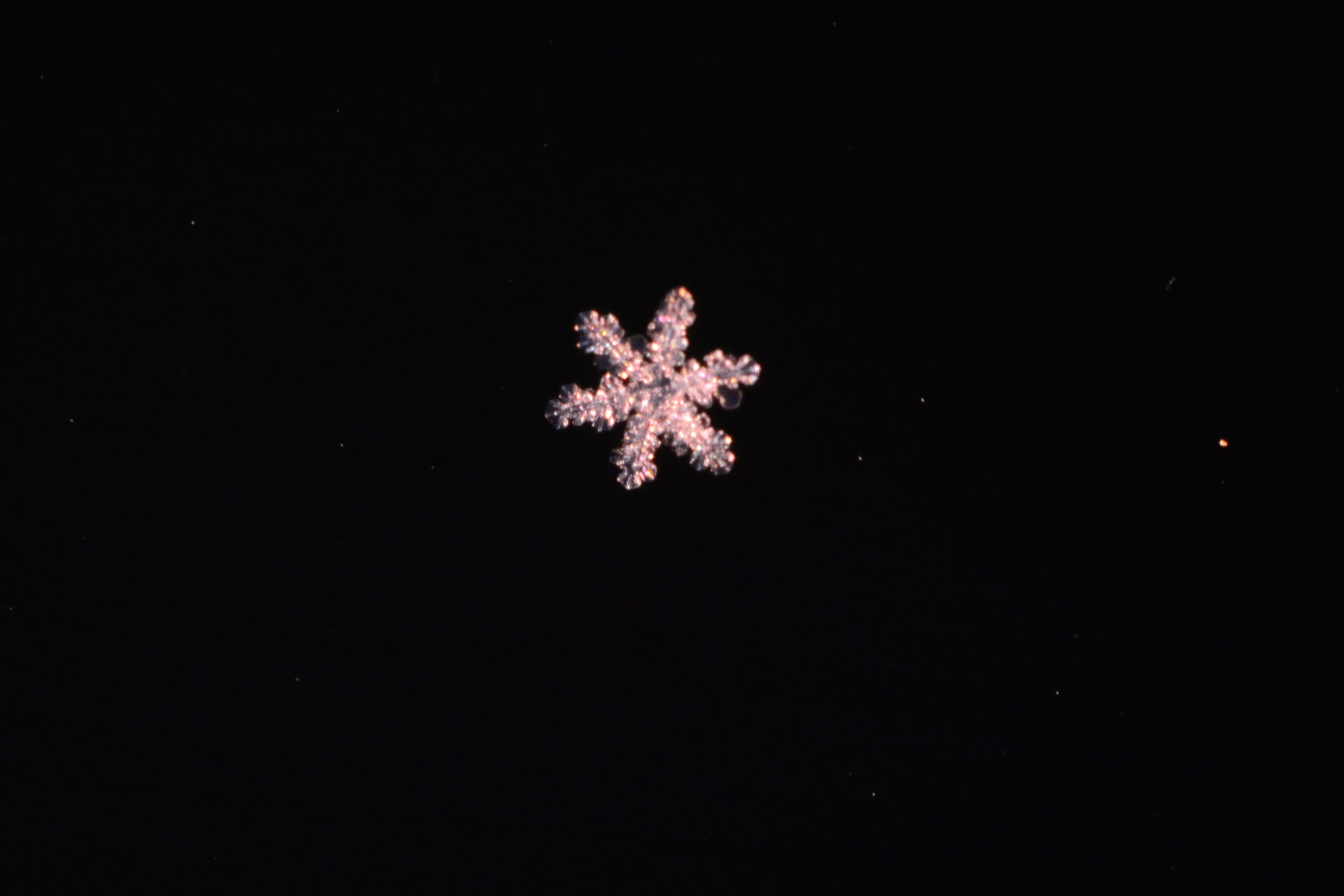
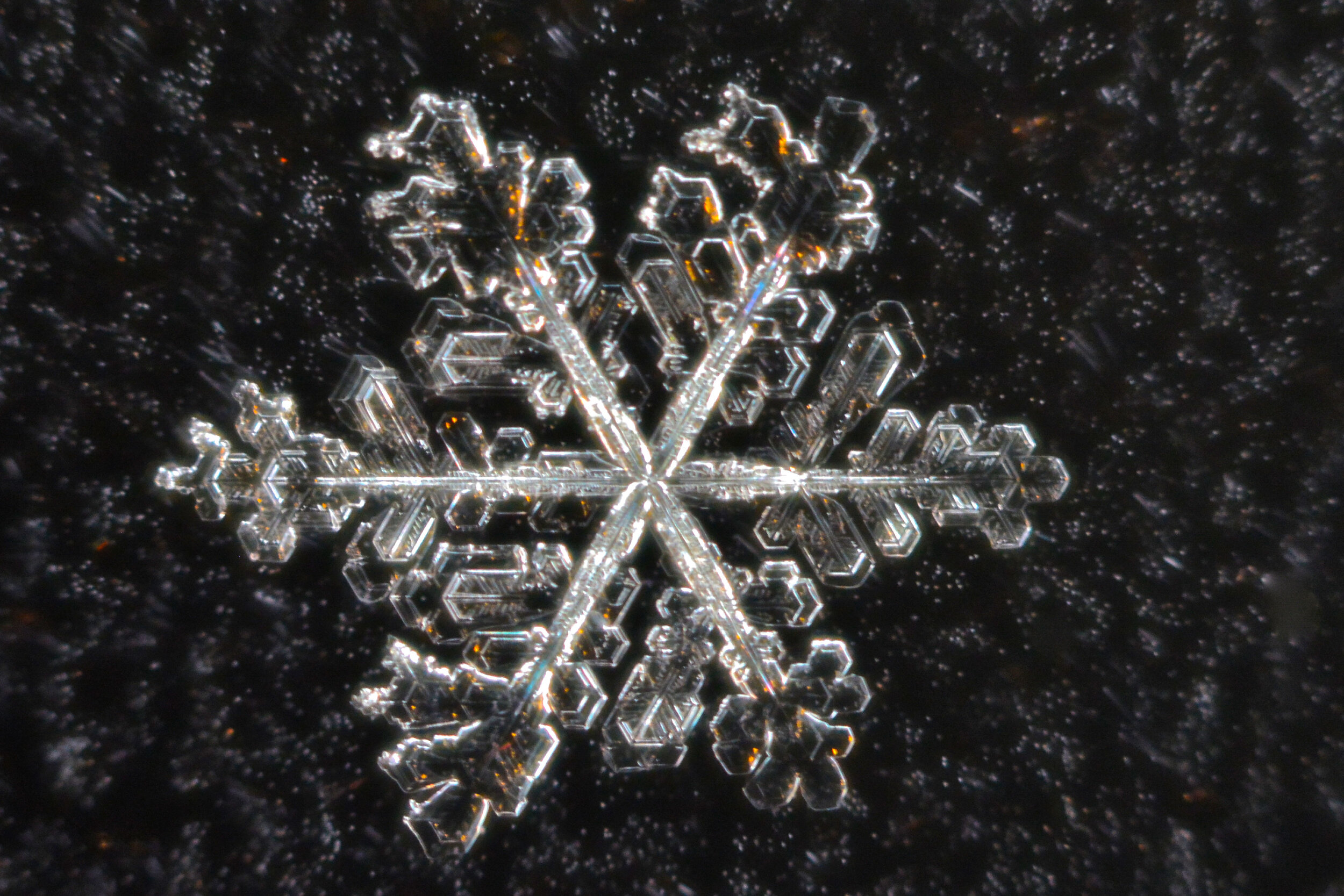
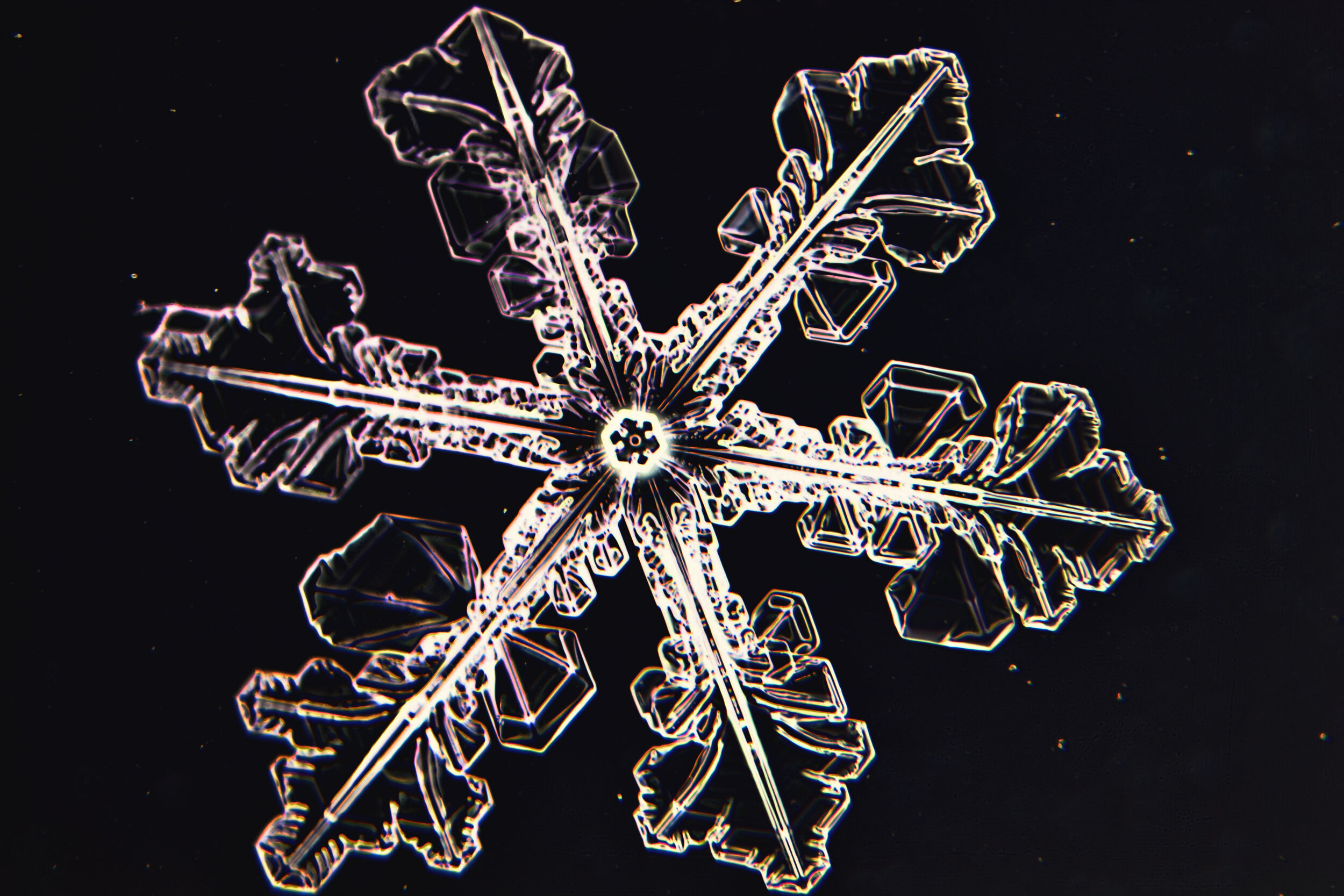


I. Look Closer - II. Closer Looks
FROM SUBSTANCE TO STRUCTURE - HOW SNOW CRYSTALS FORM - NO TWO Are ALIKE
How do snow crystals form?
Snow crystals are formed at subfreezing temperatures by the conversion of water from its gaseous form, called water vapor, directly to ice without passing through a liquid phase. Freezing of water in its liquid form results in sleet.
The precise shape of the formed crystal depends on a combination of the temperature, humidity and atmospheric pressure that the growing crystal experiences as it is tossed to and fro in the atmosphere.
Snowflake Morphology Diagram



I. Look Closer - II. Closer Looks
FROM SUBSTANCE TO STRUCTURE - HOW SNOW CRYSTALS FORM - NO TWO ALIKE?
Why are no two alike?
Wilson “Snowflake” Bentley is credited with the adage that no two snowflakes are alike. Professor Kenneth Libbrecht, a crystallographer at The California Institute of Technology, explains this by stating that the chances of two crystals encountering the exact same atmospheric conditions through the entire duration of their formation is infinitesimal.
The exact mechanism by which complex snow crystals form remains a mystery. One way that two crystals can attain an almost identical appearance is by merging early in development, and riding together through the atmosphere and thus experiencing the same series of temperature and humidity conditions as they grow. Two examples of this are shown here.

